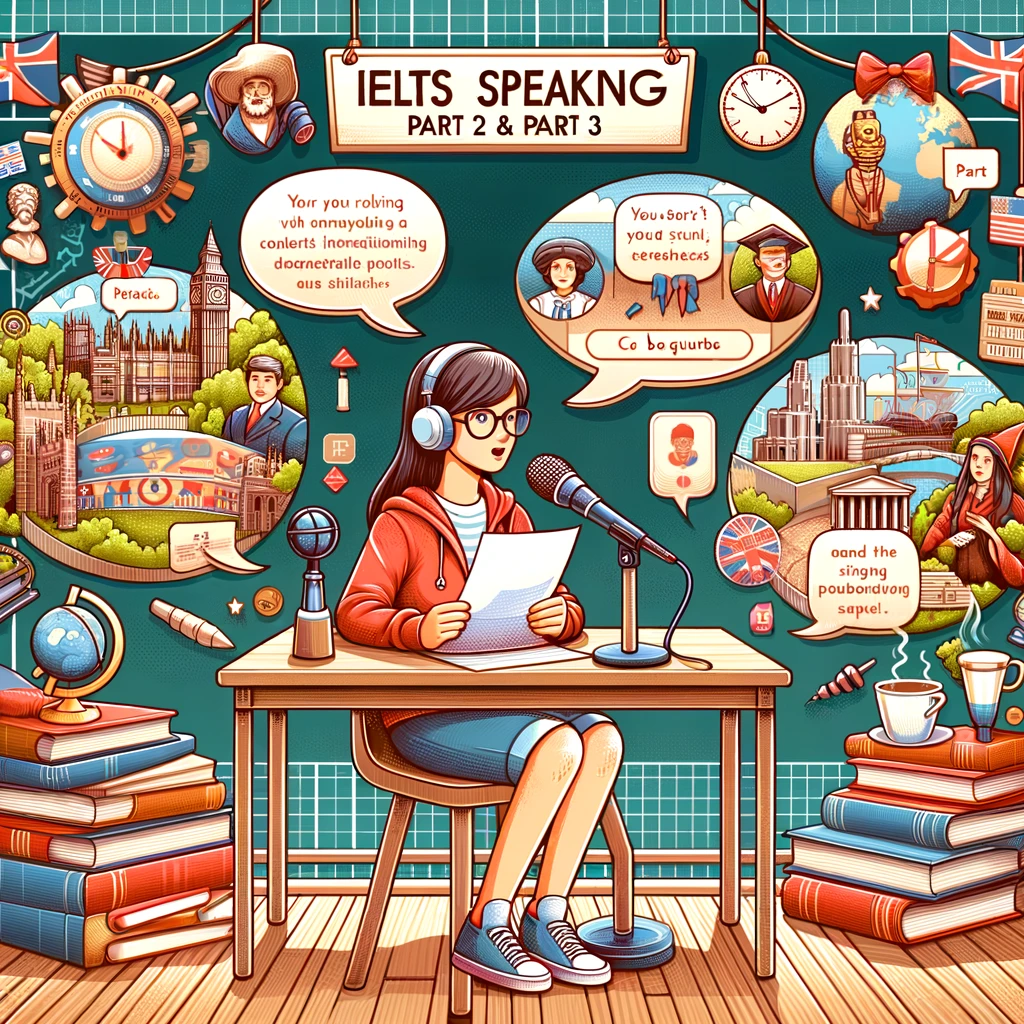Describe a special meal you have had.
One of the most special meals I have had was a dinner at a quaint seaside restaurant in Baku, Azerbaijan. This memorable occasion took place about three years ago, during a family reunion that brought together relatives from different parts of the country and even from abroad.
I was with my immediate family, including my wife and son, as well as my parents, siblings, and a few cousins. The atmosphere was filled with joy and excitement, as we rarely had the opportunity to all be together in one place.
The meal itself was a delightful spread of traditional Azerbaijani dishes. We started with an array of appetizers, including fresh salads, pickled vegetables, and “plov,” a rich and aromatic rice dish. For the main course, we enjoyed “dolma” (grape leaves stuffed with minced meat and rice), “kebabs” of various kinds, and freshly baked “lavash” bread. The meal was accompanied by fragrant tea and ended with a selection of traditional desserts such as “baklava” and “shekerbura.”
This meal was special for several reasons. Firstly, it was a rare occasion to have our entire family together, sharing stories, laughter, and the warmth of each other’s company. The setting, with the gentle sound of waves and a stunning sunset over the Caspian Sea, added to the magic of the evening. The delicious food, prepared with care and reflecting our rich cultural heritage, made the experience even more memorable.
I felt a profound sense of happiness and gratitude during this meal. It was a reminder of the importance of family and the joy of celebrating together. The combination of beautiful surroundings, delectable food, and cherished company made it a truly unforgettable experience.
—
Part 3
1. What are the benefits of eating meals together with family or friends?
Eating meals together with family or friends offers numerous benefits. It strengthens social bonds and fosters a sense of community and belonging. Shared meals provide an opportunity for meaningful conversations and the exchange of ideas, enhancing communication and understanding. They also create a supportive environment where individuals can relax, share their experiences, and build stronger relationships. Additionally, communal eating has been linked to improved mental health and emotional well-being.
2. How can food bring people together?
Food can bring people together by serving as a common ground for shared experiences and cultural expression. It provides a platform for social interaction, whether through family dinners, community gatherings, or festive celebrations. Sharing a meal allows individuals to connect on a personal level, build relationships, and create lasting memories. Food also plays a central role in cultural and religious traditions, reinforcing communal ties and a sense of identity.
3. Do you think traditional foods are important for cultural identity? Why or why not?
Yes, traditional foods are important for cultural identity because they preserve the culinary heritage and history of a community. They reflect the unique flavors, ingredients, and cooking methods that have been passed down through generations. Traditional foods often carry symbolic meanings and are integral to cultural rituals and celebrations. By maintaining and sharing these foods, individuals reinforce their cultural identity and connect with their roots, fostering a sense of pride and continuity.
4. How has the way people eat changed over time?
The way people eat has changed significantly over time due to various factors such as technological advancements, globalization, and changing lifestyles. There has been a shift from home-cooked meals to convenience foods and dining out. The rise of fast food and ready-to-eat products has altered eating habits, often prioritizing convenience over nutrition. Additionally, the globalization of cuisine has introduced diverse food options, blending culinary traditions from around the world. Advances in technology have also made it easier to order food online and have it delivered, changing the dynamics of meal preparation and consumption.
5. What role do restaurants play in social life?
Restaurants play a crucial role in social life by providing a space for people to gather, celebrate, and connect. They serve as venues for socializing, hosting special occasions, and meeting new people. Restaurants also contribute to the cultural fabric of a community by offering diverse culinary experiences and showcasing local and international cuisine. They create opportunities for social interaction and foster a sense of community and belonging.
6. How can people make healthy eating choices?
People can make healthy eating choices by being mindful of their food intake and opting for a balanced diet rich in nutrients. This includes incorporating a variety of fruits, vegetables, whole grains, lean proteins, and healthy fats into their meals. Reading nutrition labels, controlling portion sizes, and limiting the intake of processed and high-sugar foods are also important. Planning meals ahead of time, cooking at home, and staying hydrated can further support healthy eating habits. Additionally, seeking guidance from nutritionists or health professionals can provide personalized advice and support for making healthier choices.
—
Glossary for Band 9+ IELTS Speaking
1. Quaint – Attractively unusual or old-fashioned
2. Reunion – A social gathering attended by members of a group of people who have not seen each other for some time
3. Delectable – Delicious, highly enjoyable
4. Culinary heritage – The tradition of cooking and eating practices passed down through generations
5. Communal eating – Sharing a meal together with others
6. Nutrients – Substances that provide nourishment essential for growth and the maintenance of life
7. Portion sizes – The amount of food served for a single person
8. Hydrated – Having enough water in the body; maintaining adequate fluid balance
9. Personalized advice – Tailored recommendations based on an individual’s specific needs or circumstances
10. Convenience foods – Food that is prepared commercially and requires little cooking before being eaten
